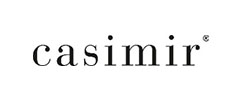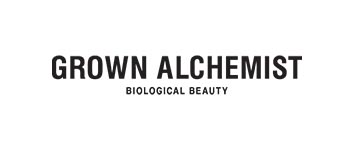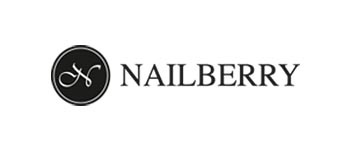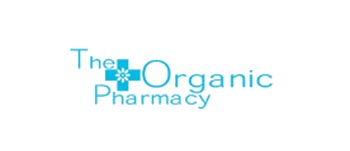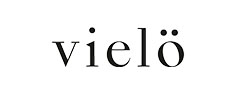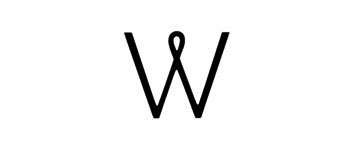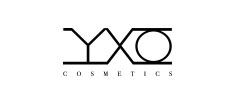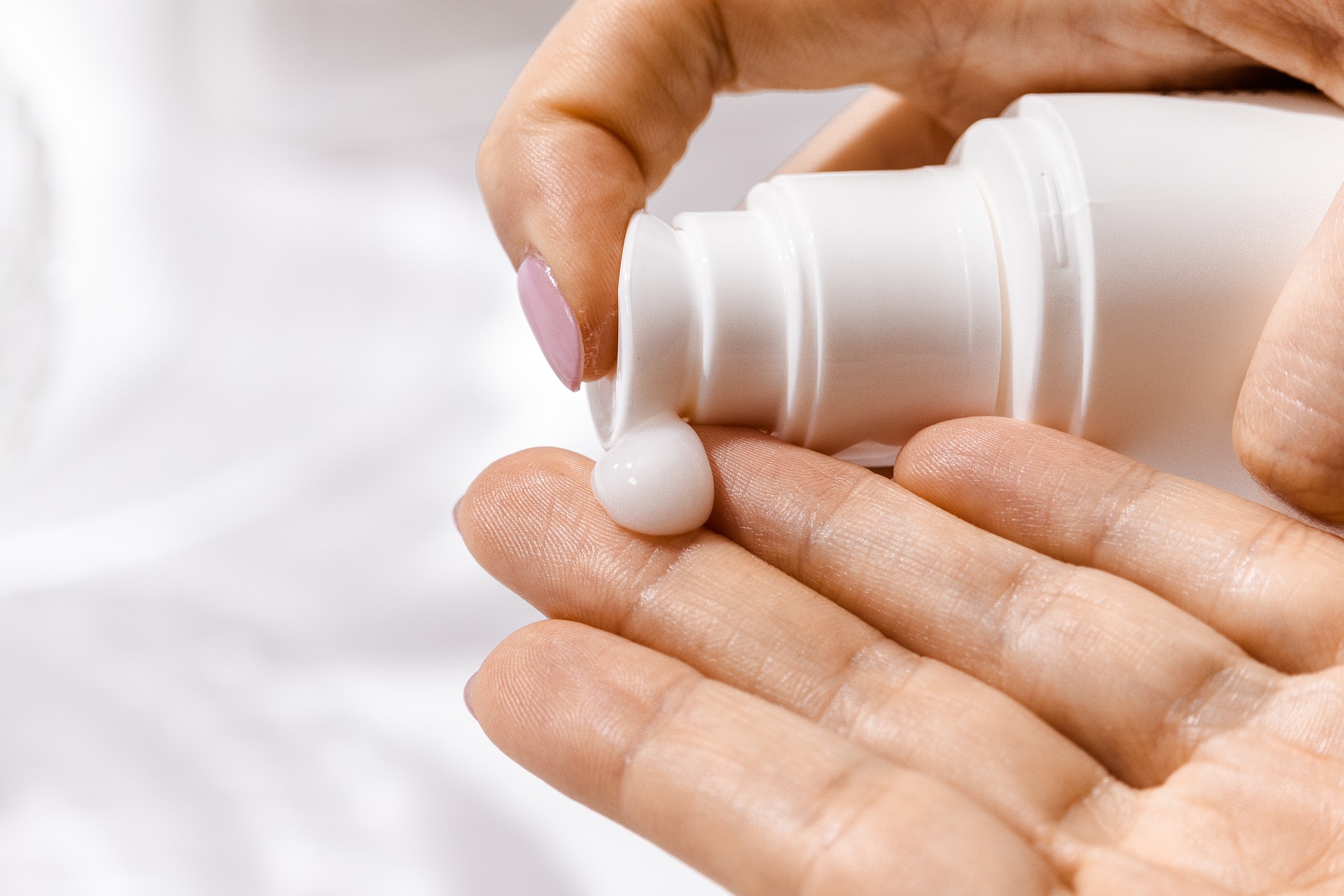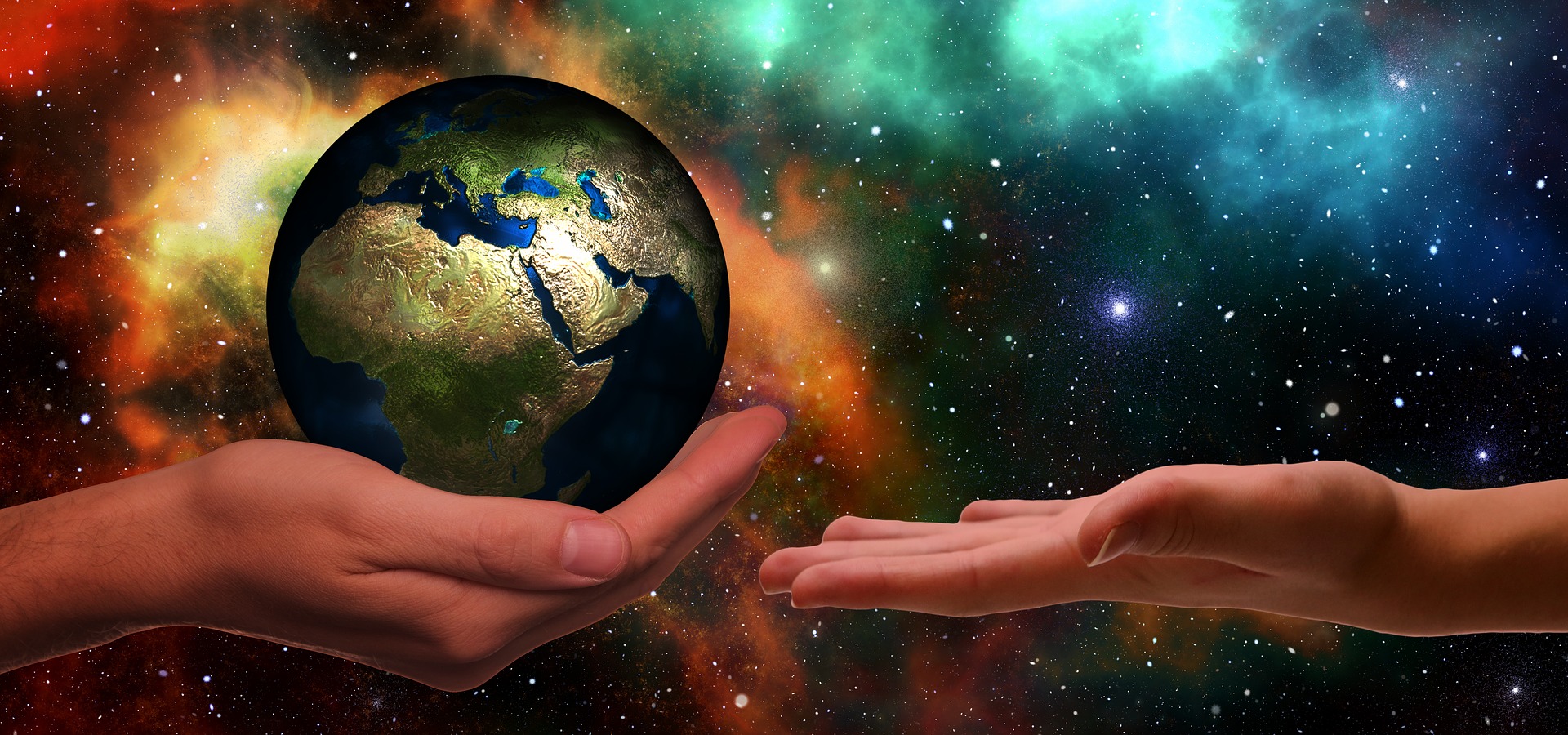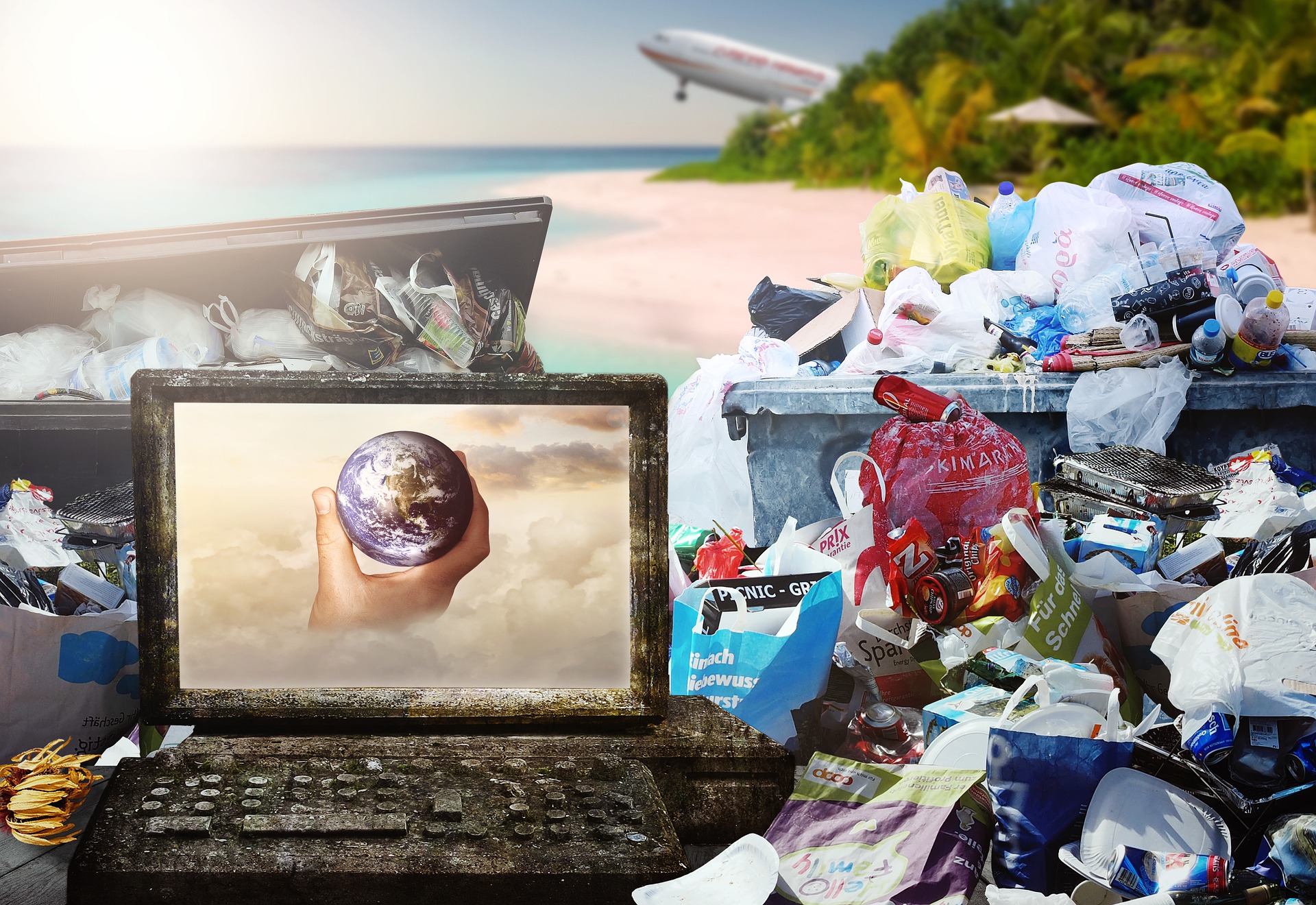Things to know from the world of cosmetics
How are cosmetics actually developed?
The development of a cosmetic product takes place in 4 phases:
- Product concept and formulation
Based on an idea from the market, R&D itself or the marketing team, the R&D departmentdevelops several samples of the potential product. These samples are tested either in-house or externally, and a formulation is determined. - Product testing
Once the formulation is selected, it must be tested for stability. Stability testingdetermines the shelf life of the product and ensures that it will not change or interact withthe packaging over time. - Scale-up
The formulation developed by R&D is produced in a laboratory in smaller quantities(usually about 1 kg); in this step, the process engineering team scales up the process forthe final production size. - Manufacturing and launch
The product is ready to be manufactured in commercial quantities; the product dossier is
compiled and reported to the Cosmetic Product Notification Portal (CPNP) in Europe. The
marketing team prepares the launch activities.
Which “marketing claims” are allowed?
Proof of the effect of a cosmetic product is an important part of the so-called ProductInformation File, which must be made available to the competent authorities. Cosmeticadvertising claims can be based, among other things, on available literature data (e.g.publications on the respective ingredients) or on studies conducted by the manufacturer.Manufacturer studies differ significantly in scope and scientificity. In general, theResponsible Person must ensure that sufficient and appropriate evidence is available.
What does the crucible symbol – PAO mean?
The Period-After-Opening (PAO) symbol is a symbol on cosmetics that indicates how manymonths a cosmetic product has a shelf life after it has been opened and used for the firsttime by the consumer.The symbol consists of a jar with an open lid and next to it or in it the number of months.For products with a shelf life of less than 30 months, the date “Best before” should beprinted, usually next to an hourglass symbol.However, based on the stability data of the product, every single product has a specificshelf life and hence, also a specific expiration date.


